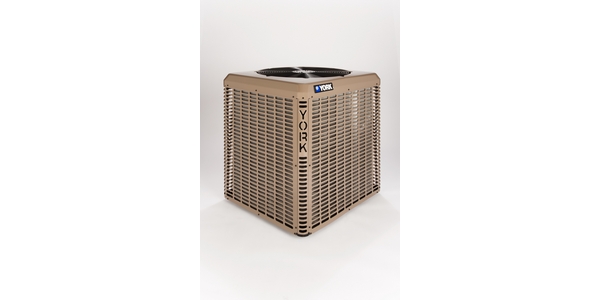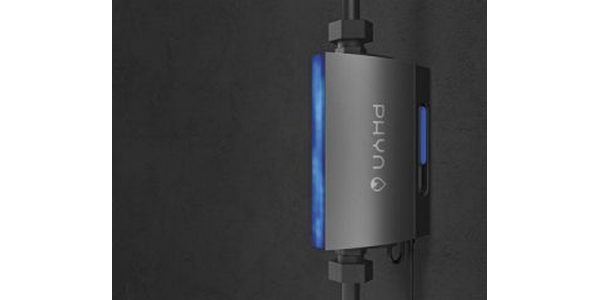HVACProduct News
Viessmann Unveils New Energy-Efficient Heating Solutions for Residential, Light Commercial Applications

Viessmann, a manufacturer of high efficiency heating and renewable energy systems, has announced the launch of Vitocal 100-S and Vitocal 200-S.
- The Vitocal 100-S single zone air-to-air ductless heat pump systems are designed for
reliable comfort, even in extreme climates. Suitable for a wide range of installations,
including both new builds and retrofits, the Vitocal 100-S offers ultra quiet operation and
high efficiency inverter technology for increased energy savings. Minimal installation
requirements make ductless heat pumps ideal for applications with limited space and
where ductwork does not exist. - The Vitocal 100-S single zone air-to-air ducted heat pump system combines the
advantages of traditional ducted heating and cooling with the efficiency and flexibility of
ductless inverter technology, providing a compact, cost effective and complete solution
for whole-home comfort. This system offers quiet operation, a compact design and the
enhanced efficiency of inverter technology while also supporting the reuse of existing
refrigerant lines, ductwork, thermostats, fan coils and furnaces. The result is a smooth,
hassle-free installation that saves both time and money while boosting comfort
performance and efficiency. Ideal for upgrading an existing ducted HVAC system,
constructing a new home or expanding an existing one, the Vitocal 100-S ducted heat
pump solution is a versatile and efficient choice. - The Vitocal 200-S multi zone air-to-air ductless heat pump system is designed for
customizable comfort across multiple spaces, delivering reliable heating and cooling
with advanced inverter-driven technology for optimized performance and energy saving
efficiencies. Homeowners can mix and match each outdoor unit with up to five indoor
units, bringing tailored comfort to individual rooms or the entire home. With increased
capacity and energy efficiency, this model is ideal for residential and light commercial
applications, or larger projects in more challenging climates. It also offers ease of use
with an intuitive control system, ensuring long-term reliability and comfort for both
residential and commercial properties.



